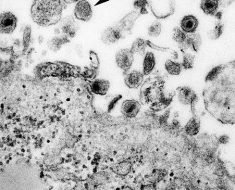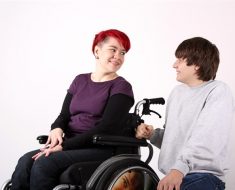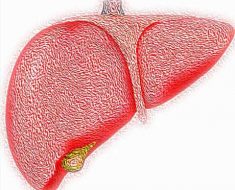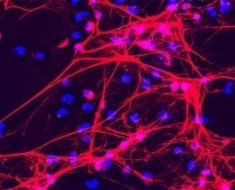
(HealthDay)—Most active interventions are more likely than no treatment to improve outcomes for women with either stress or urgency urinary incontinence (UI), according to a review published online March 19 in the Annals of Internal Medicine.
Ethan M. Balk, M.D., from Brown University in Providence, Rhode Island, and colleagues compared the effectiveness of pharmacologic and nonpharmacologic interventions to improve or cure stress, urgency, or mixed UI in nonpregnant women.
The researchers identified 84 studies that reported cure or improvement outcomes (32 in stress UI, 16 in urgency UI, four in mixed UI, and 32 in any or unspecified UI type). Behavioral therapies, anticholinergics, and neuromodulation were the most commonly evaluated active intervention types. All interventions, except hormones and periurethral bulking agents, were more effective than no treatment in producing at least one positive UI outcome. For stress UI treatments, behavioral therapy was more effective than either α-agonists or hormones in achieving cure or improvement (moderate strength of evidence [SoE]); α-agonists were more effective than hormones in achieving improvement (moderate SoE); and neuromodulation was more effective than no treatment for cure, improvement, and satisfaction (high SoE). For urgency UI, behavioral therapy was significantly more effective than anticholinergics in achieving cure or improvement (high SoE), both neuromodulation and onabotulinum toxin A were more effective than no treatment (high SoE), and onabotulinum toxin A may be more effective than neuromodulation in achieving cure (low SoE).
Source: Read Full Article




